Fiber: Frequently Asked Questions and Information
- USYAKS
- Sep 15, 2018
- 3 min read
Updated: Jan 20, 2021
Q: How is fiber collected?
A: Yak fiber is collected by combing in the spring when shedding begins. This is typically done with a de-shedding comb or rake used for long haired dogs. Combing is time consuming and may be done every couple of weeks until shedding is over. Yaks vary somewhat, just like humans, in terms of the type of coat they have. Some are more silky and are easier to comb, but often have less fiber than more woolly yaks, who may have more fiber, but can be more challenging to comb and require more frequent combing in order to harvest all of their fiber.
Q: Do yak like being combed?
A: Combing isn’t a thing yak look forward to, as they are very sensitive about having their guard hair pulled. The yak can be trained to accept being combed with gentleness and patience. A restraint such as a head gate is useful to accomplish combing.
Q: After the fiber is harvested, what is the next step?
A: Once the yak fiber is combed out, it will need to be stored in a clean breathable container or bag. At this point, it can be sold raw (straight off the animal) or sent to a fiber mill to be washed, de-haired, and made into spinnable fiber such as roving, or it can be made into yarn at the mill. Fiber mills may have a minimum requirement for how many pounds of fiber they are willing to process.
Q: How do the hair types get separated?
A: Once fiber is harvested, the different types of fibers will need to be separated; this is referred to as being de-haired. The de-hairing process is done at a fiber mill by a specialized machine. This is a very important step in processing yak fiber in order to produce the best quality product. If yak fiber is not de-haired, the yarns will have guard and mid-coat hairs in it, which makes an itchy finished product.
Q: How is yak fiber made into batts, roving and yarn?
A: First, the fiber is sent to a fiber mill. It is vital to make sure the mill has de-hairing capabilities and is willing to work with yak fiber. Once the mill receives the yak fiber, it will be washed/scoured and de-haired. When the de-hairing process is finished, it is ready to be made into spinnable fiber or yarn. Most yarns made with yak fiber are blended with another fiber such as, merino, alpaca, etc. The mill manager/owner will discuss with the yak owner which fibers to blend with the yak fiber and what sorts of yarns or roving to make.
*Each mill has its own policy on how much blending is required. Many mills will only do a 50% yak blend, and some will do up to 80% yak fiber.
Q: Does yak fiber have to be blended with other fibers?
A: Due to the short length of yak fiber, it is strongly advised that yak fiber be blended with longer fibers to create better grab and strength. Most mills will only process yak fiber blended with other fibers.
Fiber Articles:
Below are articles about yak and other fiber that may be of interest to you.
Article links about the use of yak fiber:
Companies producing goods with yak fiber:
Yak ranches that comb and produce some yak fiber products:

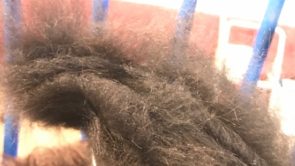
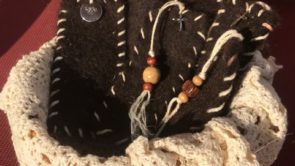

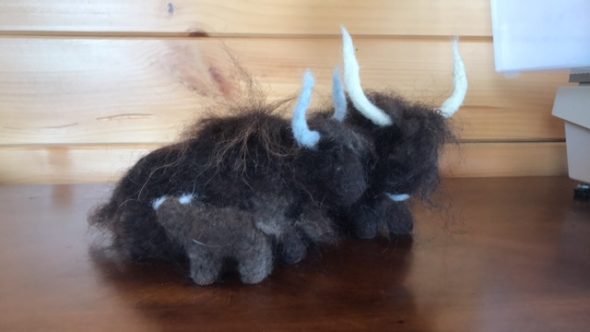
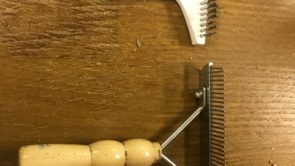
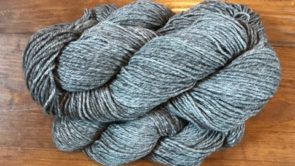


Comments